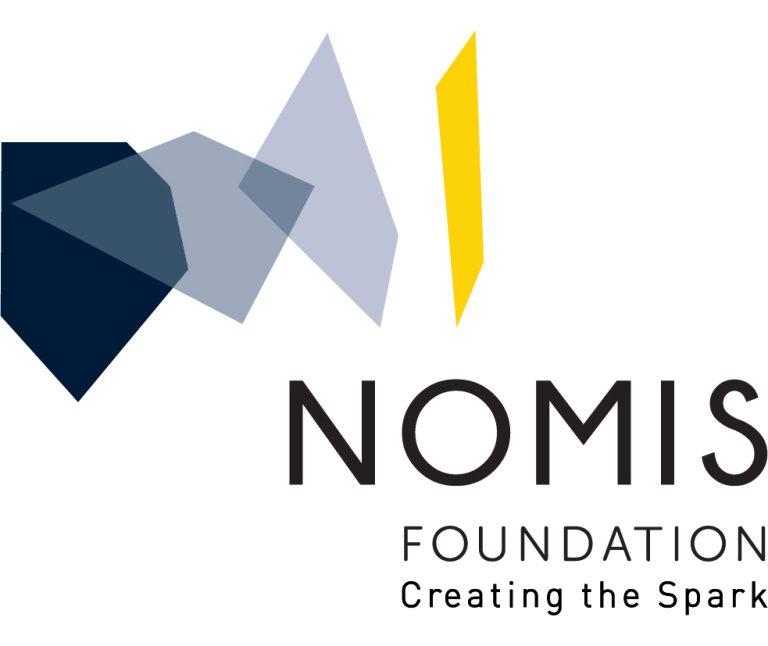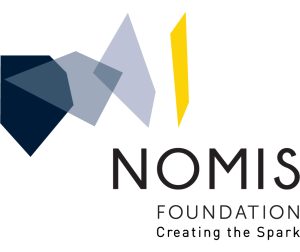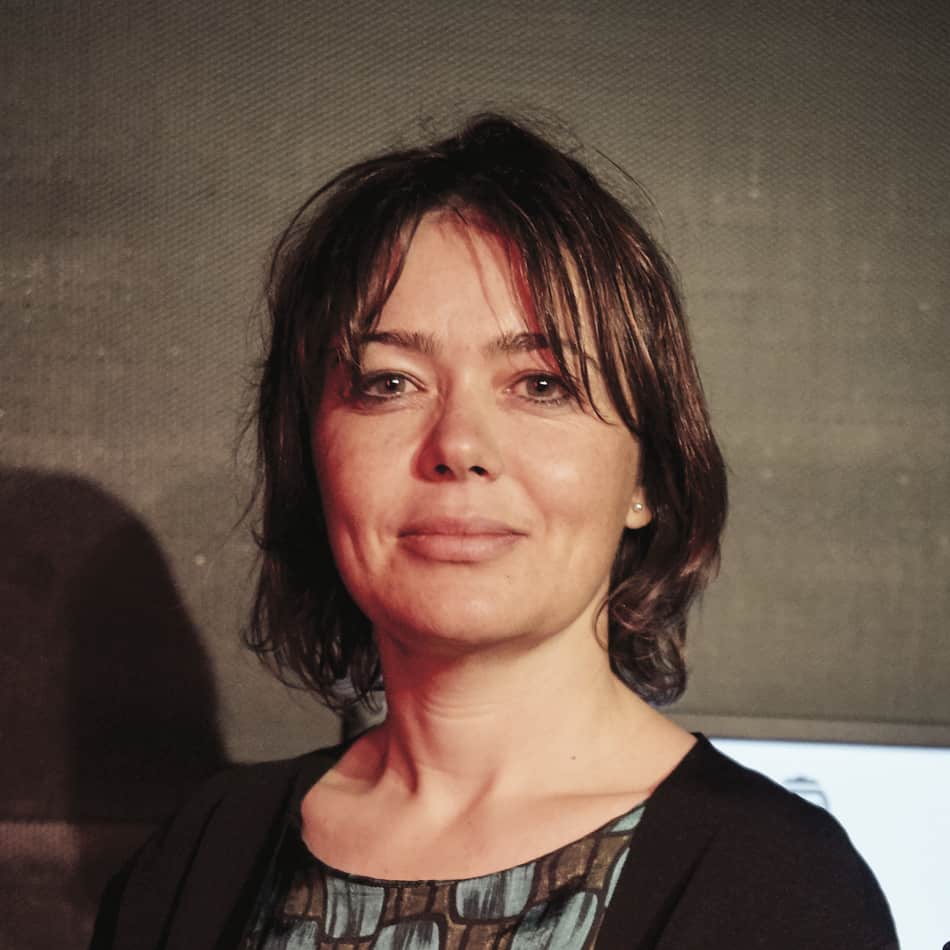We live in an “information age.” Faster and more global access to information has, however, quickly turned into an age of information overload, which is affecting how we make decisions, think and feel. But what are the consequences of this overload, and are our brains and minds equipped to deal with it?
The Diversity in Social Environments (DISE) project applied two new theoretical perspectives to address these questions: first, by examining the diversity of information, rather than merely its quantity, as a critical factor that our brains have to deal with; and second, by considering that our dealings with information are a social as well as an individual issue.
Research examining the consequences of this overload on our cognitive lives focuses primarily on the amount of information that we need to process, neglecting that the variety, rate of change and reliability of the information are also in flux. Yet, the critical factor shaping our epistemic lives may be the diverse and changing information we must process, rather than the quantity or substance of the information.
This new perspective on social information connects higher-level decisions with basic ones: We know ever more about the effects of variance and volatility at more basic levels such as perception and learning, including at the neural level. Sensory information with a larger variance is given less weight in perceptual decisions, for instance, and makes us feel less certain of our decisions, even when they are correct. If information changes at faster rates, individuals start to rely on more recent information and discard long-term learning.
Will the same be true when dealing with complex decisions and social, rather than sensory, information? DISE thus examined whether the relationship between the volatility of information and memory span (recency effect) is observed in social domains. If the information we receive or the people we interact with are “refreshed” at faster rates, do we show a recency effect and forget about the long-term past? The project proposed that having more diverse information, or more diverse sources of information, will lead to a devaluing of information and consequently less reliance or trust in it. By looking at the cognitive mechanisms, the ambition was to bridge multiple problems in a novel way, from the filtering of information in specific tasks to the disinterest in lessons of history, exemplified today.
DISE also investigated how the mind can adjust to more diverse settings, and whether it is possible to see positive effects or adaptation, such as the correction of certain biased cognitive habits. In other domains, such as perception, people tend to become over-confident in their decisions, overestimating their subjective probabilities of success in stable environments. This partly disappears when the information becomes more variable—people become more cautious in the moment-to-moment assessment of their estimates. In the same way, being part of a more diverse social environment might make us more cautious.
The DISE project was expected to have wide-ranging consequences from a conceptual, methodological and scientific point of view. It integrated cognitive and computational neuroscience with philosophical and social epistemology, to pioneer a new neuroepistemological approach to issues usually tackled by independent disciplines in qualitative rather than measurable ways. In explaining better the mechanisms through which individuals respond to abstract and linguistic information, make decisions and change their minds in complex informational environments, the project had widespread relevance in fields such as social neuroscience, behavioral economics and neuroeconomics.
DISE was led by Ophelia Deroy at the Munich Center for Neurosciences in Munich, Germany.



